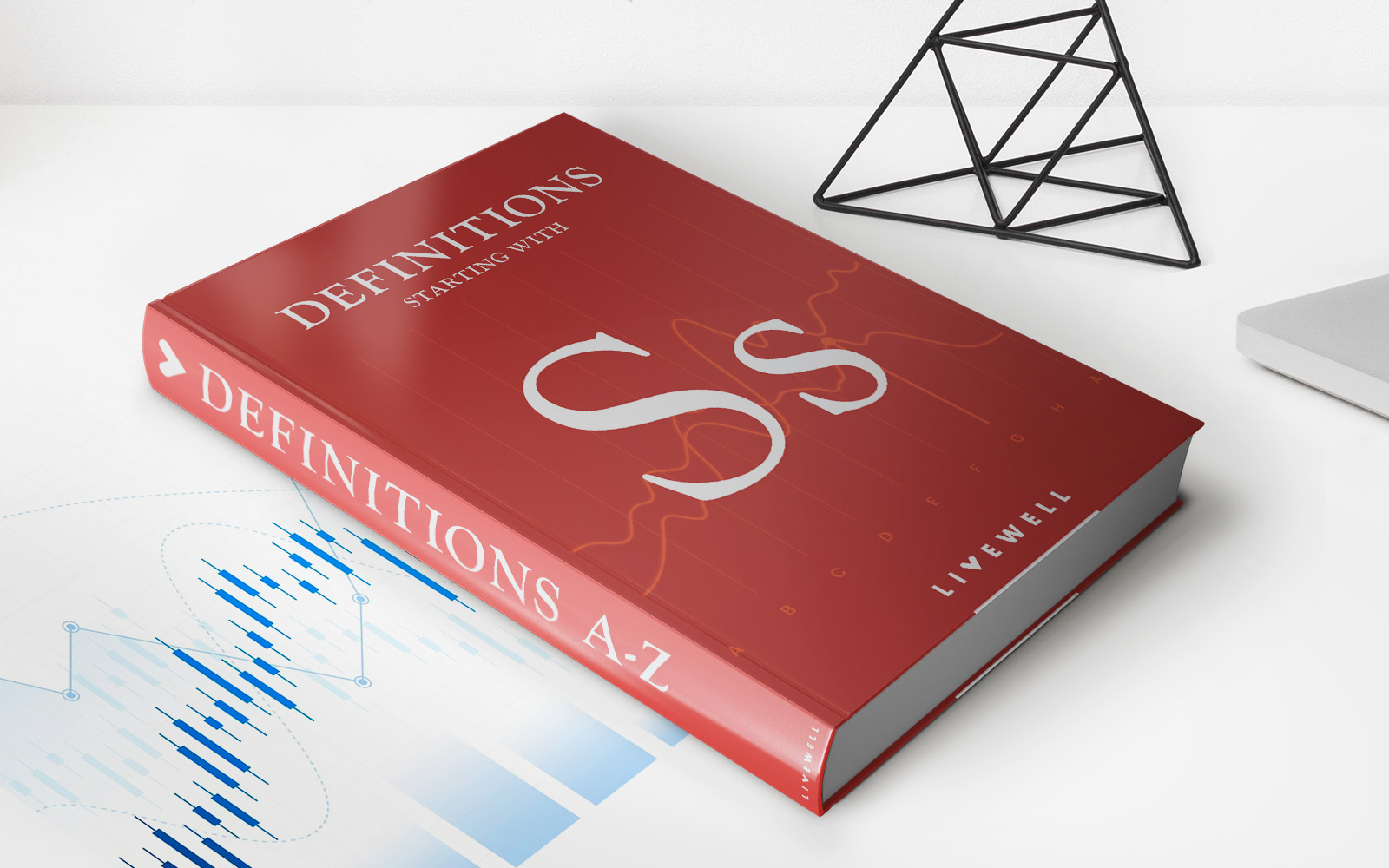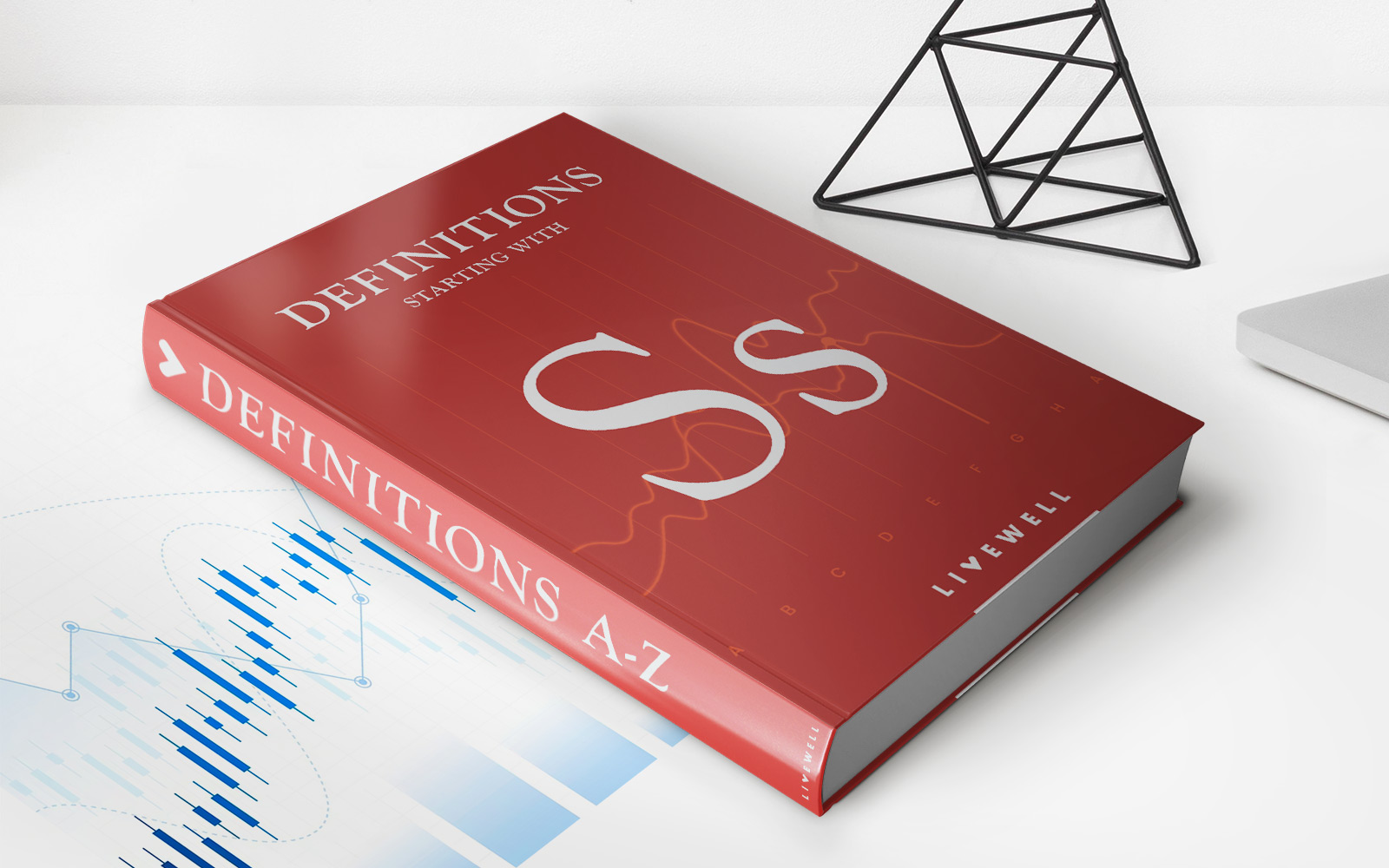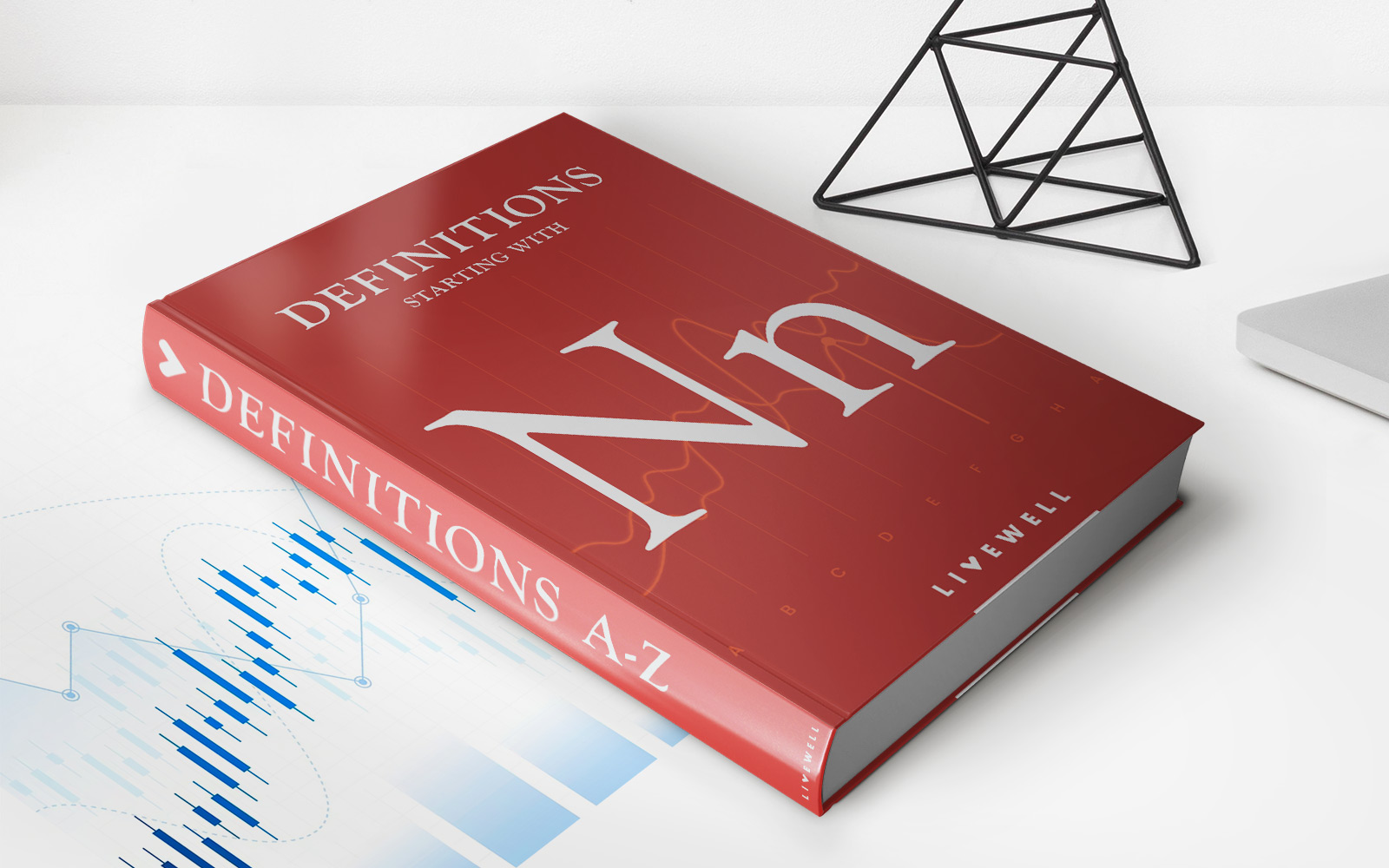Home>Finance>Segregated Fund: Definition, How It Works, Examples


Finance
Segregated Fund: Definition, How It Works, Examples
Published: January 26, 2024
Learn about segregated funds in finance, including their definition, how they work, and examples. Gain insights into this investment option.
(Many of the links in this article redirect to a specific reviewed product. Your purchase of these products through affiliate links helps to generate commission for LiveWell, at no extra cost. Learn more)
Segregated Fund: Definition, How It Works, Examples
Are you looking for a safe and secure investment option that offers potential growth? Look no further than segregated funds. In this blog post, we will explore the definition, how it works, and provide examples of segregated funds, helping you make an informed decision for your financial future.
Key Takeaways:
- Segregated funds are investment products offered by life insurance companies that combine the benefits of mutual funds with the protection of an insurance policy.
- They offer potential growth through exposure to various asset classes, such as stocks, bonds, and real estate, while also providing downside protection in the form of a death benefit guarantee.
What are Segregated Funds?
A segregated fund, also known as a seg fund, is an investment product offered by life insurance companies. It combines the benefits of mutual funds with the protection of an insurance policy. These funds pool money from multiple investors to create a diversified portfolio. However, unlike mutual funds, segregated funds offer unique features that set them apart.
One of the key features of segregated funds is the death benefit guarantee. This means that upon the death of the policyholder, the beneficiary will receive a guaranteed percentage of the original investment, regardless of the market performance. This can provide peace of mind to investors who are concerned about protecting their investment for their loved ones.
Another advantage of segregated funds is the potential for creditor protection. In some provinces in Canada, these funds are offered as an insurance contract, which provides potential protection against creditors in the event of bankruptcy or insolvency. This feature can be particularly appealing to individuals who have concerns about asset protection.
How do Segregated Funds Work?
When you invest in segregated funds, you are essentially purchasing units in the fund, just like you would with a mutual fund. The value of these units fluctuates based on the performance of the underlying investments, such as stocks, bonds, or other asset classes. However, unlike mutual funds, segregated funds come with death benefits.
When selecting a segregated fund, you can choose between different investment options based on your risk tolerance and financial goals. These options typically range from conservative to aggressive, allowing you to align your investment strategy with your individual circumstances.
Segregated funds also have a maturity or reset period, usually ranging from 10 to 15 years. During this period, you have the option to sell your units without incurring any fees or penalties. This feature provides flexibility and liquidity for investors who may need access to their funds in the short term.
Examples of Segregated Funds
Let’s take a look at a couple of examples to illustrate how segregated funds can work:
- Example 1: Sarah’s Retirement Plan
- Example 2: Jason’s Education Fund
Sarah, a 45-year-old investor, is looking to grow her retirement savings while protecting her investment. She invests $50,000 in a segregated fund with a death benefit guarantee of 75%. This means that even if the market value of the fund decreases, Sarah’s beneficiary will receive at least $37,500 upon her death.
Jason, a young parent, wants to save for his child’s future education expenses. He invests $20,000 in a segregated fund with a growth-oriented investment option. Over the next 10 years, the fund’s value doubles due to successful market performance. Jason’s investment grows to $40,000, providing him with the potential growth he was looking for.
Conclusion
Segregated funds offer investors a unique combination of growth potential and downside protection. With features like death benefit guarantees and potential creditor protection, they provide a level of security that other investment options may not offer. Consider speaking to a financial advisor to learn more about segregated funds and how they can fit into your overall financial plan.














